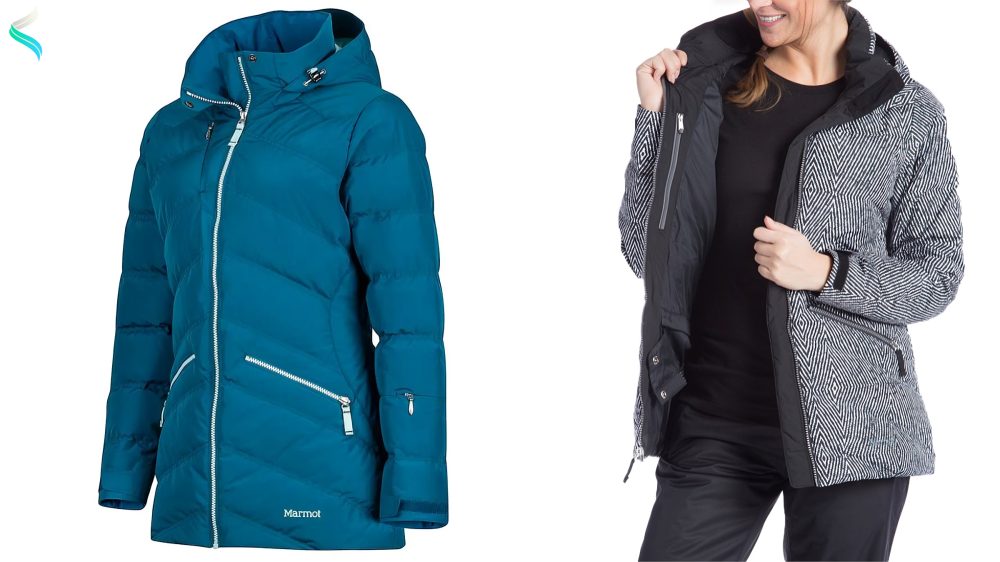In the evolving world of wine, where tradition often reigns supreme, an unexpected trend has emerged: Blue Wine. For centuries, red, white, and rosé wines have been the dominant choices in the wine world. However, the rise of Blue Wine has captured the attention of adventurous wine lovers, curious consumers, and skeptics alike. The vibrant blue hue and innovative production process of Blue Wine offer a fresh and modern alternative to the conventional wine spectrum, creating a truly unique experience for those willing to step outside the traditional boundaries.
In this comprehensive guide, we’ll explore the origins, production methods, flavor profiles, and cultural significance of Blue Wine, and discuss how it is reshaping the way modern wine drinkers experience wine. Whether you’re a seasoned connoisseur or new to the wine world, Blue Wine is a fascinating topic that invites us all to rethink our assumptions about this beloved beverage.
What Is Blue Wine?
At its core, Blue Wine is just what it sounds like: a wine with a striking blue color. The vivid hue is achieved through a combination of natural pigments, typically derived from grape skins and sometimes enhanced with organic compounds. Unlike traditional red, white, or rosé wines, which derive their color from the grapes’ natural pigmentation, Blue Wine is crafted with the intent of surprising and delight with its distinct appearance and flavor.
Though the concept may seem novel, Blue Wine is made from traditional winemaking grapes such as Chardonnay, Sauvignon Blanc, or a blend of different varietals. The production process combines modern techniques with the knowledge of traditional winemaking, creating a bridge between the past and future of wine production.
One of the most famous producers of Blue Wine is Gïk, a Spanish company that pioneered this new wine category in 2016. Since then, other winemakers around the world have followed suit, introducing their own versions of Blue Wine, all adding to the growing interest in this bold beverage.
The Origins of Blue Wine
The concept of Blue Wine originated in Spain, where a group of young entrepreneurs, with backgrounds in design and technology rather than traditional winemaking, set out to challenge the conventions of the wine industry. Their goal was to create a product that would appeal to modern consumers who are eager for new experiences. They wanted to disrupt the traditional wine market and make wine more accessible and fun for younger generations.
Gïk, the first commercial producer of Blue Wine, achieved this by blending white and red wine varieties and adding anthocyanin, a pigment found in grape skins, and indigo, a natural dye derived from plants. These pigments give the wine its bright blue color, which quickly becomes its most distinctive and eye-catching feature.
While traditionalists may initially balk at the idea of Blue Wine, its popularity among millennial and Gen Z consumers cannot be denied. In a market that values innovation and novelty, Blue Wine represents a new frontier for an industry steeped in tradition.

How Blue Wine Is Made
The process of making Blue Wine involves blending different grape varieties and adding natural pigments to achieve the vibrant blue color. The most common pigments used in Blue Wine production are anthocyanins and indigo. Anthocyanins are naturally occurring pigments found in the skins of red grapes and are responsible for the deep red and purple hues in traditional wines. Indigo, on the other hand, is a blue pigment that comes from certain plants and can be used to enhance the color of the wine.
In many cases, Blue Wine producers start with a base of white wine and then blend it with small amounts of red wine, extracting anthocyanins from the grape skins to give the wine its vibrant color. The indigo pigment is added to create the striking blue hue, ensuring that the color is consistent and bold.
Beyond its color, Blue Wine is fermented like any other wine, with grapes being crushed, the juice extracted, and then fermented with yeast. The result is a beverage that, despite its unconventional appearance, still follows the basic principles of winemaking.
The Flavor Profile of Blue Wine
While Blue Wine is most notable for its color, its flavor profile is equally intriguing. The taste of Blue Wine varies depending on the grape varieties used, the region of production, and the winemaker’s specific techniques. However, there are some general characteristics that many Blue Wines share.
Most Blue Wines tend to be on the sweeter side, with a fruit-forward profile that appeals to a wide audience. The sweetness is often balanced by a crisp acidity, making Blue Wine refreshing and easy to drink. Some variations may also have floral or citrus notes, depending on the specific grapes and production methods used.
Because Blue Wine is often marketed as a fun, approachable beverage, many producers aim to create a wine that is light, fruity, and accessible to casual drinkers. This makes Blue Wine an excellent choice for those who may be new to wine or who prefer a lighter, sweeter style.
That said, not all blue Wines are sweet. Some producers have experimented with drier versions, adding more complexity to the flavor profile. Ultimately, the flavor of Blue Wine is as diverse as the producers who make it, offering something for everyone.

Blue Wine: A Modern Cultural Phenomenon
One of the reasons Blue Wine has gained such widespread attention is its appeal to modern consumers who are looking for something new and different. In an age where social media play a significant role in how we share and experience food and beverages, the striking blue color of this wine has made it a hit on platforms like Instagram and TikTok. Its visual appeal is undeniable, and for many, it’s a must-try simply for the novelty of it.
The rise of Blue Wine also taps into a larger trend in the food and beverage industry: the desire for experiences that are not only delicious but also visually captivating. From rainbow-colored foods to unique cocktail presentations, consumers today are drawn to items that stand out both in flavor and appearance. Wine fits perfectly into this trend, offering a sensory experience that goes beyond just taste.
In addition to its appeal on social media, Wine has also found a place in pop culture. Its unconventional color and modern branding resonate with younger generations who value authenticity, creativity, and individuality. For many, drinking Wine is not just about enjoying a glass of wine—it’s about making a statement and embracing the unexpected.
Pairing Blue Wine with Food
While the vibrant color of Wine may be the initial draw, it’s important to consider how it pairs with food. Given its generally sweet and fruity flavor profile, Wine pairs well with a variety of dishes, particularly those that have a touch of sweetness or acidity.
Some excellent pairings for Wine include:
- Seafood: The crisp acidity of Wine complements the briny flavors of shellfish, making it a great choice for oysters, shrimp, and crab.
- Cheese: The sweetness of Wine pairs beautifully with creamy cheeses like Brie, Camembert, and goat cheese.
- Fruit-based desserts: Because of its sweet and fruity notes, Wine is a perfect match for desserts like fruit tarts, sorbets, and berry-based pastries.
- Salads: A fresh salad with a light vinaigrette can balance the sweetness of Wine, making it a refreshing and light pairing.
- Spicy dishes: The sweetness of Wine can help balance the heat in spicy dishes, making it a good choice for cuisines like Thai or Indian.
Ultimately, Wine is versatile enough to pair with a variety of foods, and its unique flavor profile offers plenty of opportunities for experimentation.

The Future of Blue Wine
The future of Blue Wine is bright—both literally and figuratively. As more producers enter the market and experiment with different production methods and grape varieties, the range of Wine options is likely to grow. Already, we’re seeing a shift from novelty to quality, as winemakers strive to create Wines that are not only visually appealing but also offer complex and satisfying flavors.
As consumer interest in new and exciting wine experiences continues to grow, Wine is poised to become a mainstay in the wine world. Its ability to capture the imagination of a younger, more adventurous audience gives it a unique edge in an industry that is often slow to change.
However, like any trend, the long-term success of Wine will depend on its ability to evolve and adapt. While its eye-catching color is a major selling point, consumers will ultimately judge it by its taste and quality. As more winemakers refine their production techniques and experiment with different grape varieties, Wine has the potential to become more than just a passing fad—it could become a permanent fixture in the world of wine.
More: Reddit
Conclusion: Blue Wine – A Bold New Chapter in Winemaking
In a world where tradition often dictates the rules, Wine stands out as a bold and refreshing alternative. Its vibrant color, unique production process, and approachable flavor profile make it a perfect choice for modern wine drinkers looking for something different. Whether you’re drawn to it for its visual appeal, its sweet and fruity flavors, or its innovative approach to winemaking, Wine offers a truly unique experience that is sure to leave a lasting impression.
As more winemakers embrace the possibilities of Wine, we can expect to see even more exciting developments in this growing trend. For now, though, Wine remains a testament to the power of creativity and innovation in the wine world—proof that sometimes, breaking the rules can lead to something extraordinary.











